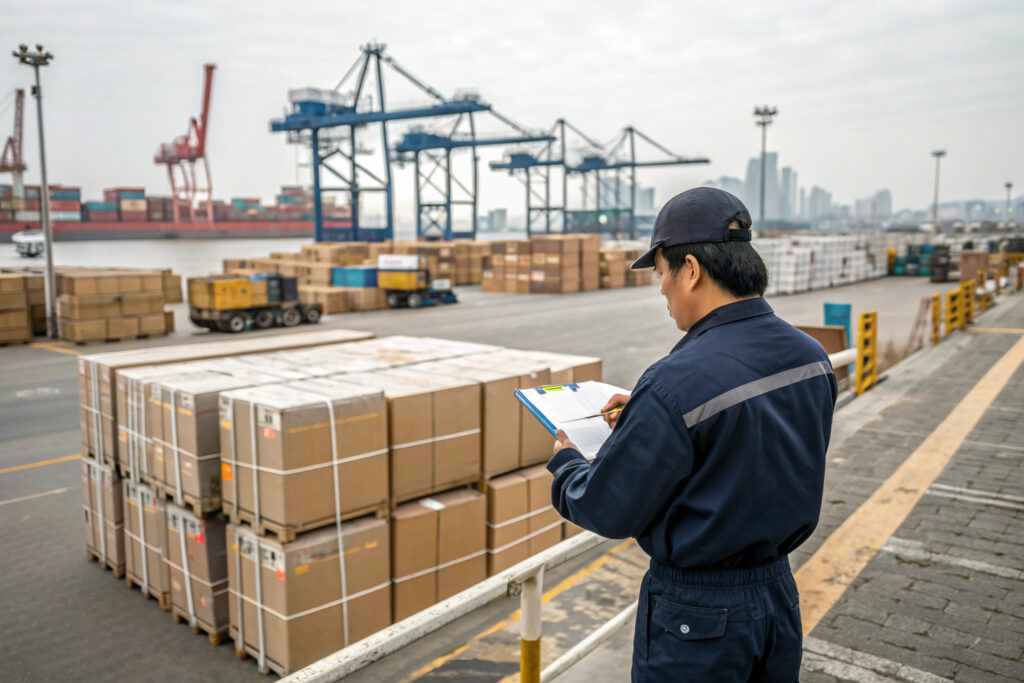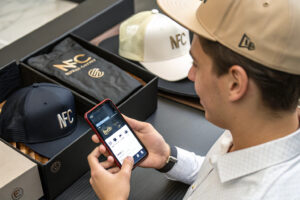Shipping hats via sea freight presents unique challenges that can lead to costly delays, damaged goods, and frustrated customers. Many importers struggle with customs holdups, improper packaging, and logistical bottlenecks that disrupt their supply chains and impact their business operations.
The key to transporting hats by sea without delays lies in properly preparing documents, adopting a strategic packaging approach, selecting an experienced freight forwarder, and understanding seasonal shipping factors that affect transit time.Implementing these strategies ensures your headwear shipments arrive on schedule while maintaining perfect condition.
This comprehensive guide will walk you through the entire sea freight process for hats, highlighting common pitfalls and providing actionable strategies to keep your shipments moving smoothly from factory to final destination.
What documentation ensures smooth customs clearance?
Incomplete or incorrect documentation represents the most common cause of sea freight delays. Customs authorities require specific, accurate paperwork to process shipments efficiently, and even minor errors can result in inspections, holds, or rejection.
Proper documentation for hat shipments includes commercial invoices, packing lists, bill of lading, certificate of origin, and any required safety certifications for materials used. Each document must contain consistent information that matches across all paperwork and complies with both export and import country regulations.
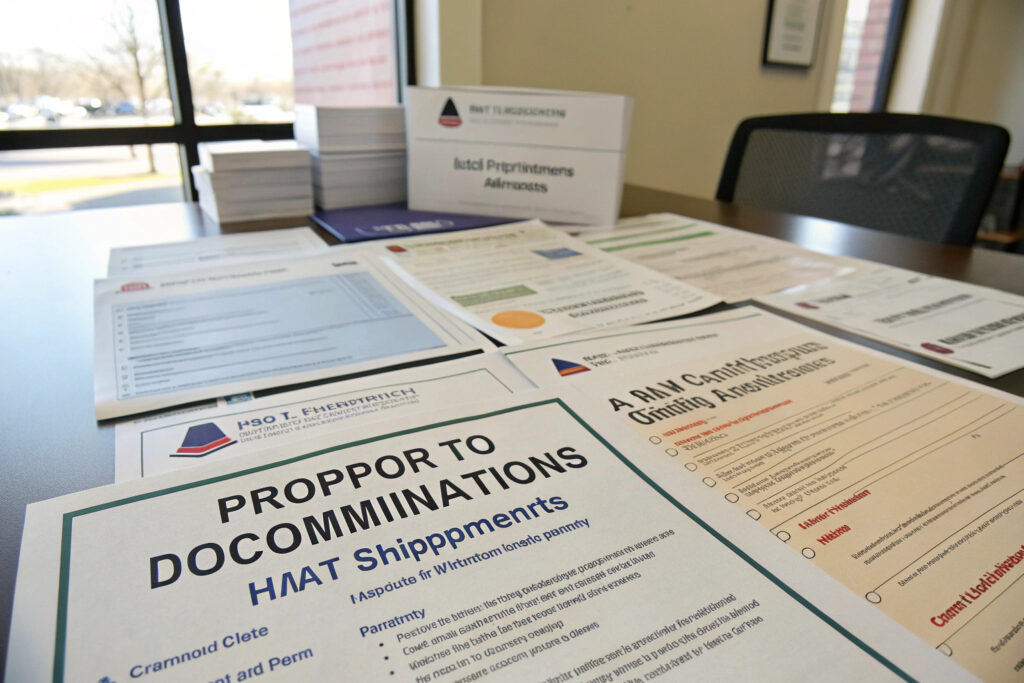
Which documents are most critical for hat shipments?
The commercial invoice is arguably the most important document, as it determines customs duties and must accurately describe the hats, their materials, quantities, and value. The packing list must detail how hats are packaged (boxes per carton, cartons per pallet), total weight, and dimensions. The bill of lading serves as both receipt and contract, while the certificate of origin affects tariff rates. For hats containing specific materials, we also provide OEKO-TEX certifications and textile composition documentation that streamline customs processing in strict markets like the European Union.
How can you prevent documentation errors?
Implement a documentation checklist specific to hat shipments that verifies HS code accuracy (typically 6505 for headgear), consistent product descriptions across all documents, proper incoterms specification, and correct beneficiary information. We use a standardized documentation template for all hat shipments that has reduced customs delays by 75% over five years. Double-check that material compositions (e.g., "100% cotton" or "65% polyester/35% cotton") match exactly on invoices, packing lists, and certification documents, as discrepancies trigger inspections.
What packaging methods protect hats during ocean transit?
Improper packaging leads to crushed boxes, water damage, and mold growth that ruin hat shipments. Ocean transit exposes goods to humidity, temperature fluctuations, and physical pressure that require specialized packaging approaches.
Optimal hat packaging for sea freight involves moisture-resistant corrugated boxes, proper interior bracing, desiccant packets, palletization, and strategic container loading that minimizes movement and protects against environmental conditions encountered during weeks at sea.
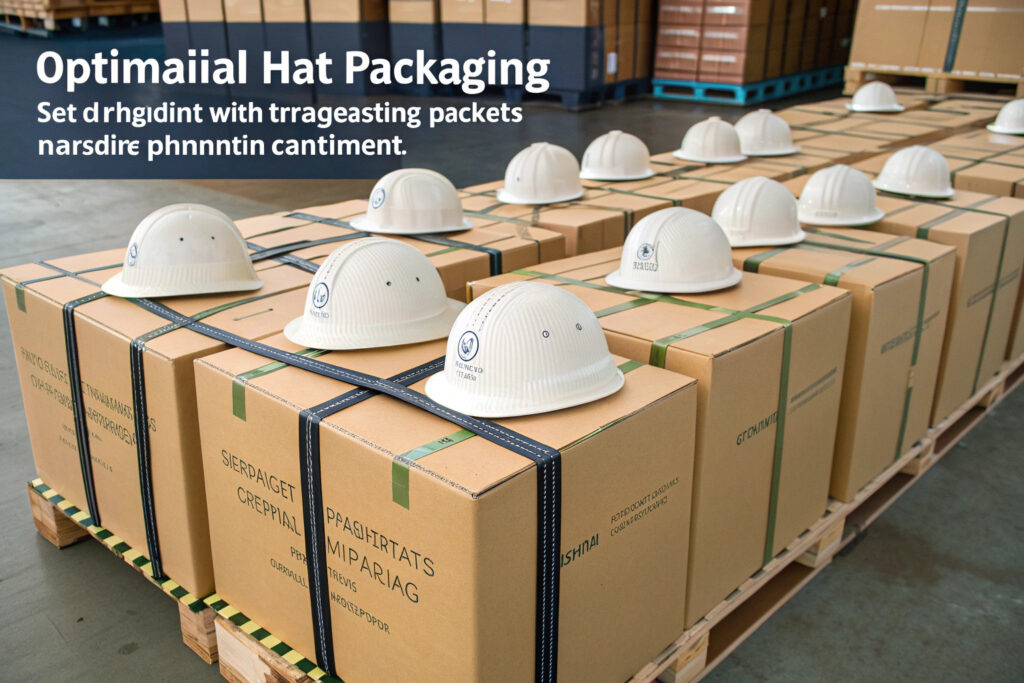
How should hats be packed to prevent damage?
Use double-walled corrugated boxes with compression strength ratings suitable for container stacking. Individual hats should be tissue-wrapped or poly-bagged before boxing to prevent dust accumulation and color transfer. Fill empty spaces within boxes with dividers or void fill to prevent shifting. We've developed a proprietary packaging system that incorporates corner protectors and middle-layer stiffeners, reducing shipping damage claims by 90% since implementation. For high-value headwear like fur felt hats or elaborate millinery, consider custom molded inserts that cradle each piece individually.
What moisture protection is necessary?
Ocean shipping creates high-humidity environments that can cause mold, mildew, and cardboard deterioration. Use plastic pallet wraps that create moisture barriers, include silica gel desiccant packets within each box (2-3 packets per cubic foot), and avoid sealing boxes with tape that loses adhesion in humid conditions. Our standard practice includes lining box interiors with wax-coated paper and using moisture-resistant adhesives in box construction. For shipments to particularly humid regions, we recommend humidity indicator cards that visually confirm whether acceptable moisture levels were maintained during transit.
How does freight forwarder selection impact shipping reliability?
The choice of freight forwarder significantly influences whether your hat shipments encounter delays. Experienced forwarders navigate port congestion, carrier selection, and documentation requirements more efficiently than less specialized providers.
A reliable freight forwarder for hat shipments should have established relationships with multiple shipping lines, expertise in textile and apparel logistics, transparent tracking systems, and proven experience with your specific destination ports and regulations.

What qualifications should you look for in a forwarder?
Seek forwarders with FIATA membership indicating international recognition, specific experience with textile/apparel shipments, and established operations at both origin and destination ports. They should provide clear communication protocols, digital tracking capabilities, and contingency plans for common disruptions. Our preferred forwarding partners maintain dedicated apparel specialists who understand the specific requirements of hat shipments, including ventilation needs for certain materials and optimal stowage positions within containers to minimize compression.
How can forwarders help avoid seasonal delays?
Knowledgeable forwarders understand seasonal patterns that affect shipping times, including Chinese New Year factory closures, peak season surcharges, winter weather disruptions, and port-specific congestion cycles. They can recommend optimal shipping dates and alternative routing to avoid these issues. Our partners provide us with monthly congestion reports for major US and European ports, allowing us to adjust shipping schedules before containers encounter bottlenecks. During peak seasons, they secure space allocations in advance, preventing rollovers that can add weeks to transit times.
What shipping strategies minimize transit time?
While sea freight will never match air freight speed, strategic planning can minimize unnecessary delays and ensure your hats follow the most efficient route possible.
Transit time minimization strategies include port selection based on final destination, carrier selection prioritizing reliability over lowest cost, consolidation methods that optimize container space, and understanding how incoterms choices impact control over shipping decisions.
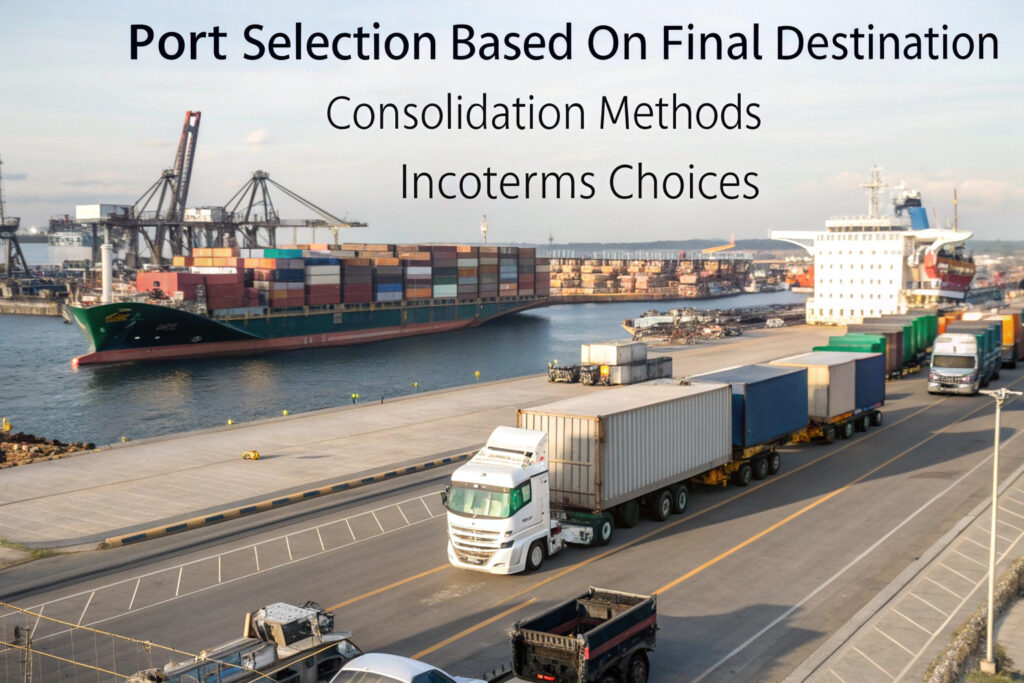
How does port selection affect delivery time?
Shipping to ports closer to your final destination reduces inland transportation time and handling. For US-bound hat shipments, West Coast ports typically offer faster transit to destinations west of the Mississippi, while East Coast destinations benefit from vessels routing through the Panama Canal. We analyze each client's distribution center location to recommend optimal discharge ports, sometimes saving 7-10 days inland transit compared to default routing. Additionally, less congested secondary ports sometimes offer faster turnaround despite slightly longer ocean transit.
What container options provide the best balance?
Full container loads (FCL) typically move faster than less than container loads (LCL) since they don't require consolidation and deconsolidation at hubs. For hat shipments, we often recommend 20-foot containers rather than 40-foot units since they're more readily available and easier to position, particularly during peak seasons. Our loading plans maximize container space utilization while maintaining proper air circulation around hat cartons. For smaller shipments where LCL is necessary, we work with forwarders who specialize in apparel consolidation to minimize waiting time for container filling.
Conclusion
Shipping hats via sea freight without delays requires attention to documentation accuracy, protective packaging specifications, experienced logistics partner selection, and strategic routing decisions. By addressing these key areas proactively, importers can establish reliable supply chains that deliver headwear on schedule while maintaining perfect condition throughout the ocean transit process.
If you're looking to streamline your hat shipping processes and minimize delays, we at Global-Caps have developed efficient sea freight systems honed through thousands of successful shipments. Our logistics team manages the entire process from our factory to your destination port. For assistance with your hat shipping needs, please contact our Business Director Elaine at elaine@fumaoclothing.com. Let's ensure your headwear arrives exactly when and how you need it.
